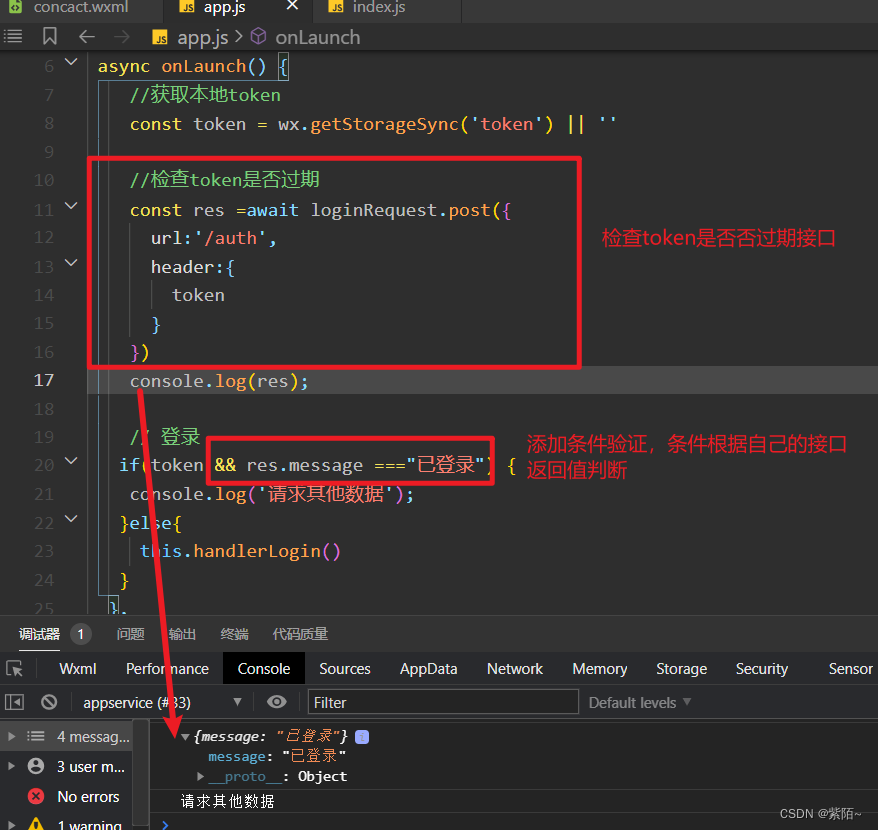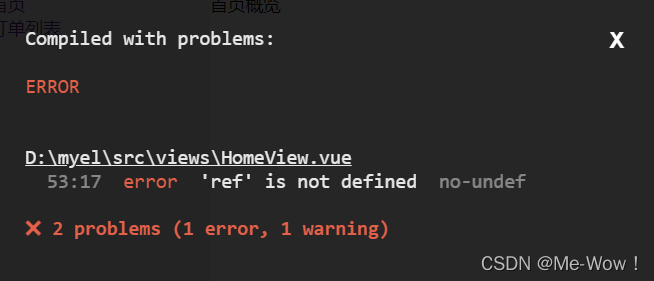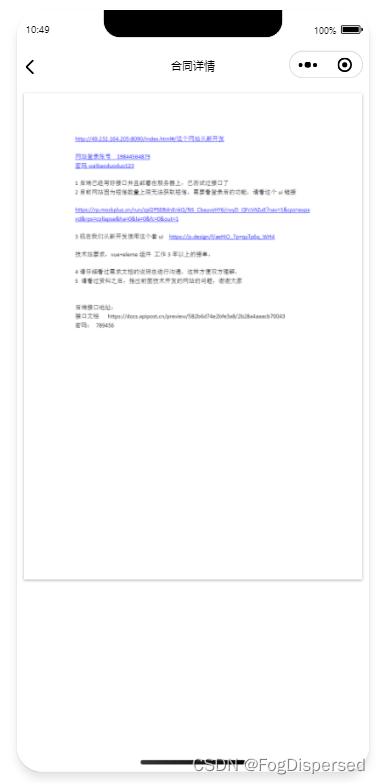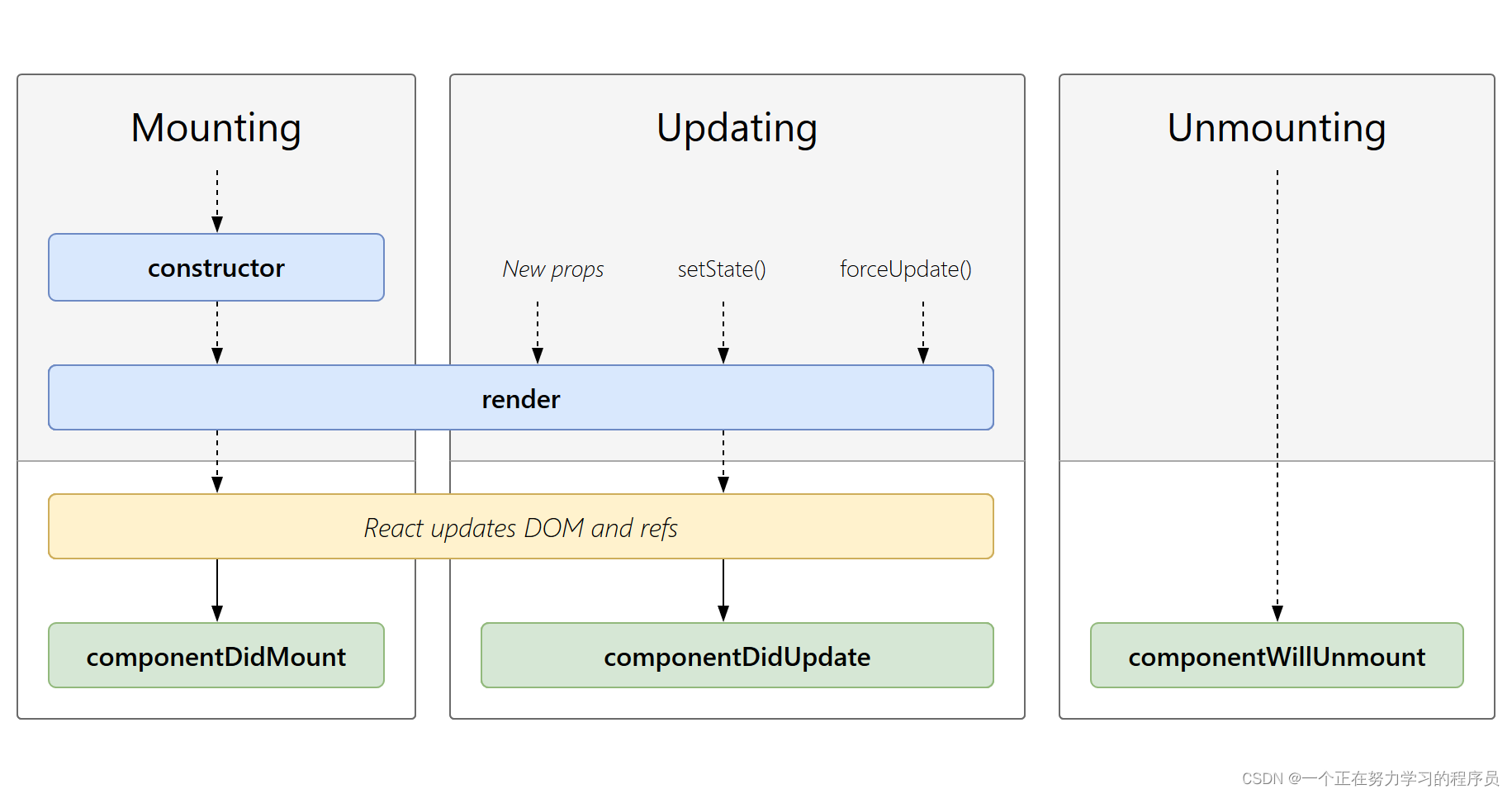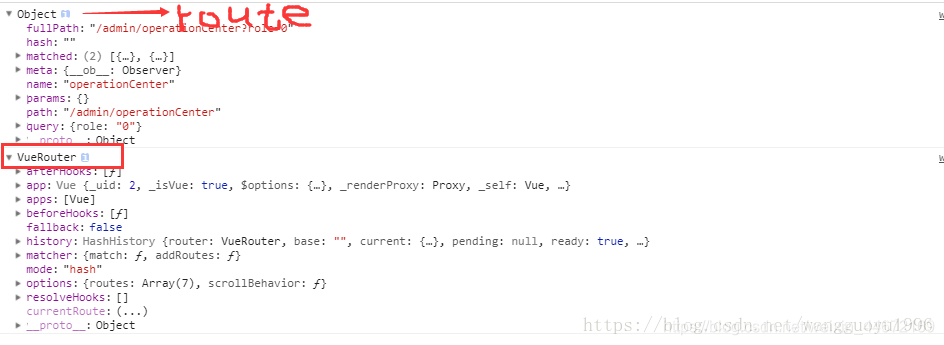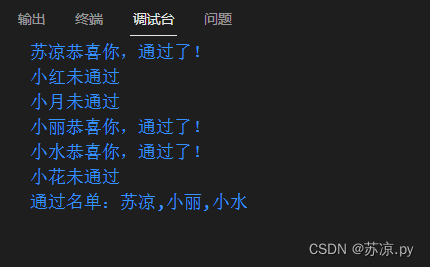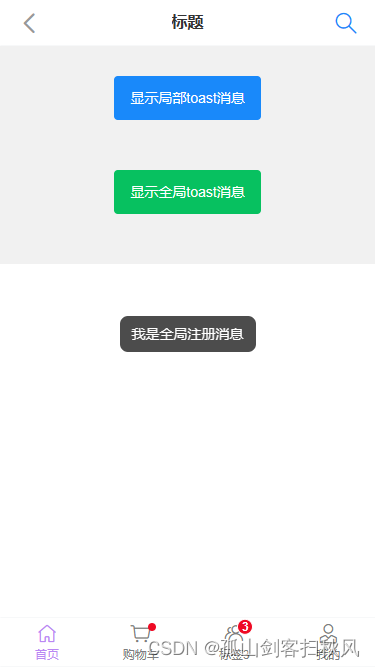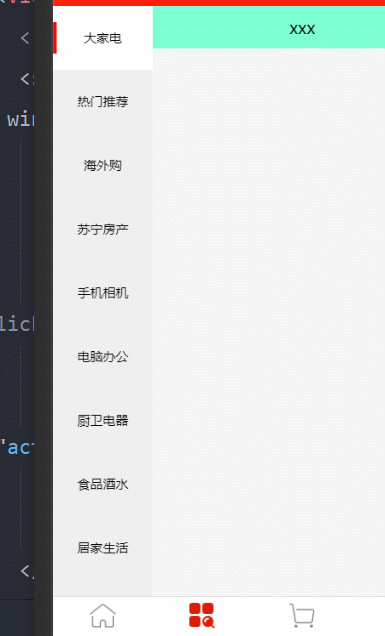1、安装路由
npm i vue-router2、编写需要展示的路由
在src目录下创建pages文件夹,里面创建两个vue文件命名为student.vue,person.vue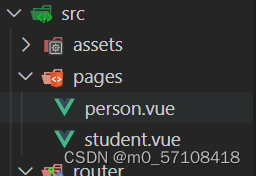
分别编写两个vue文件
student.vue和person.vue
<template>
学生
</template>
<script setup>
</script>
<style scoped lang="less">
</style><template>
人类
</template>
<script setup>
</script>
<style scoped lang="less">
</style>3、配置路由
在src目录下配置router.js文件
import { createRouter,createWebHistory } from "vue-router";
const router=createRouter({
history:createWebHistory(),
routes:[
{
component:()=>import('../pages/person.vue'),
name:'person',
path:'/person'
},
{
component:()=>import('../pages/student.vue'),
name:'student',
path:'/student'
},
{
//实现路由重定向,当进入网页时,路由自动跳转到/student路由
redirect:'/student',
path:'/'
}
]
})
export default router3、使用路由
在main.js中使用路由
import { createApp } from 'vue'
import App from './App.vue'
import router from './router'
createApp(App).use(router).mount('#app')在app.vue中进行路由展示,使用router-link进行路由跳转,to代表跳转到哪个路由
<template>
<router-view></router-view>
<hr>
<div>
<router-link to="/student">到student路由</router-link>
<br>
<router-link to="/person">到person路由</router-link>
</div>
</template>
<script setup>
</script>
<style scoped>
</style>
效果如下图所示,点击(到student路由)或(到person路由)会进行路由跳转

4、編程式路由
声明式路由通过router-link进行路由跳转,編程式路由通过函数实现
修改app.vue,vue3使用的是组合式API,需要引入
要引入useRouter,useRoute,还要
const router=useRouter()
const route=useRoute()
<template>
<router-view></router-view>
<hr>
<div>
<button @click="toStudent">到student路由</button>
<br>
<button @click="toPerson">到person路由</button>
</div>
</template>
<script setup>
import {useRouter,useRoute} from 'vue-router'
const router=useRouter()
const route=useRoute()
const toStudent=()=>{
router.push('student')
}
const toPerson=()=>{
router.push('person')
}
</script>
<style scoped>
</style>
通过router.push进行路由跳转
路由之间用router路由器,当前路由使用toute路由
结果如下图所示,实现編程式路由跳转

如果在配置路由时没有设置别名,需要通过router.push配置对象进行跳转
const toStudent=()=>{
router.push({
path:'/student'
})
}
const toPerson=()=>{
router.push({
path:'/person'
})
}5、路由传参
5、1query参数传递
向student路由传递id,name
const toStudent=()=>{
router.push({
path:'/student',
query:{
id:1,
name:'张三'
}
})
}student路由接收query参数
<template>
学生组件
<div>{{data.query}}</div>
</template>
<script setup>
import { reactive } from 'vue';
import {useRouter,useRoute} from 'vue-router'
const route=useRoute()
let data=reactive({
query: route.query
})
</script>效果如下图所示

5、2传递params参数
假设向person路由传递params参数,要在路由配置时进行修改
params传参需要使用name进行指定路由
const toPerson=()=>{
router.push({
name:'person',
params:{
keyword:2
}
})
}同时在路由配置需要修改,假设传递的是keyword,
需要在path使用占位符加关键字
?表示可传可不传
{
component:()=>import('../pages/person.vue'),
name:'person',
path:'/person/:keyword?'
},在person.vue中接收params参数
<template>
人类组件
<div>{{data.params.keyword}}</div>
</template>
<script setup>
import { reactive } from 'vue';
import {useRouter,useRoute} from 'vue-router'
const route=useRoute()
let data=reactive({
params: route.params
})
</script>效果如下所示
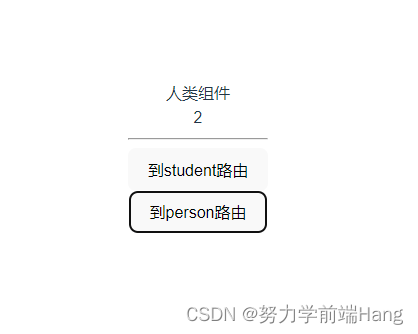
6、子路由配置
给student路由添加子组件(stu1,stu2组件)
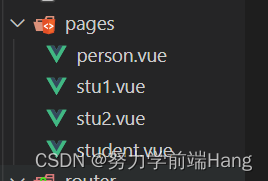
子组件的path不带 /
{
component:()=>import('../pages/student.vue'),
name:'student',
path:'/student',
children:[
{
path:'stu1',
name:'stu1',
component:()=>import('../pages/stu1.vue')
},
{
path:'stu2',
name:'stu2',
component:()=>import('../pages/stu2.vue')
},
{
path:'',
component:()=>import('../pages/stu1.vue')
}
]
}编写stu1组件
<template>
stu1
</template>
<script setup>
</script>
<style scoped lang="less">
</style>编写stu2组件
<template>
stu2
</template>
<script setup>
</script>
<style scoped lang="less">
</style>在student组件进行子组件展示
<template>
学生组件
<div>{{data.query}}</div>
子组件展示
<router-view></router-view>
<router-link to="/student/stu1">到stu1</router-link>
<router-link to="/student/stu2">到stu2</router-link>
</template>
<script setup>
import { reactive } from 'vue';
import {useRouter,useRoute} from 'vue-router'
const route=useRoute()
let data=reactive({
query: route.query
})
</script>通过使用router-link进行路由跳转,也可以通过編程式路由跳转
to="/student/stu1" 需要使用完整路径进行跳转
效果展示


